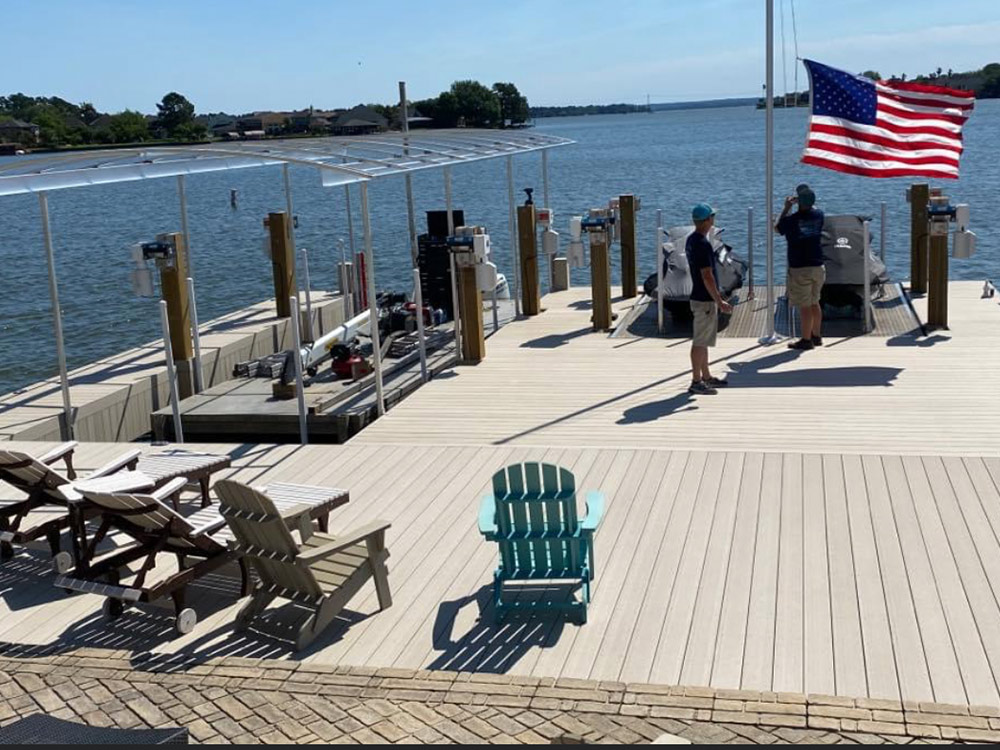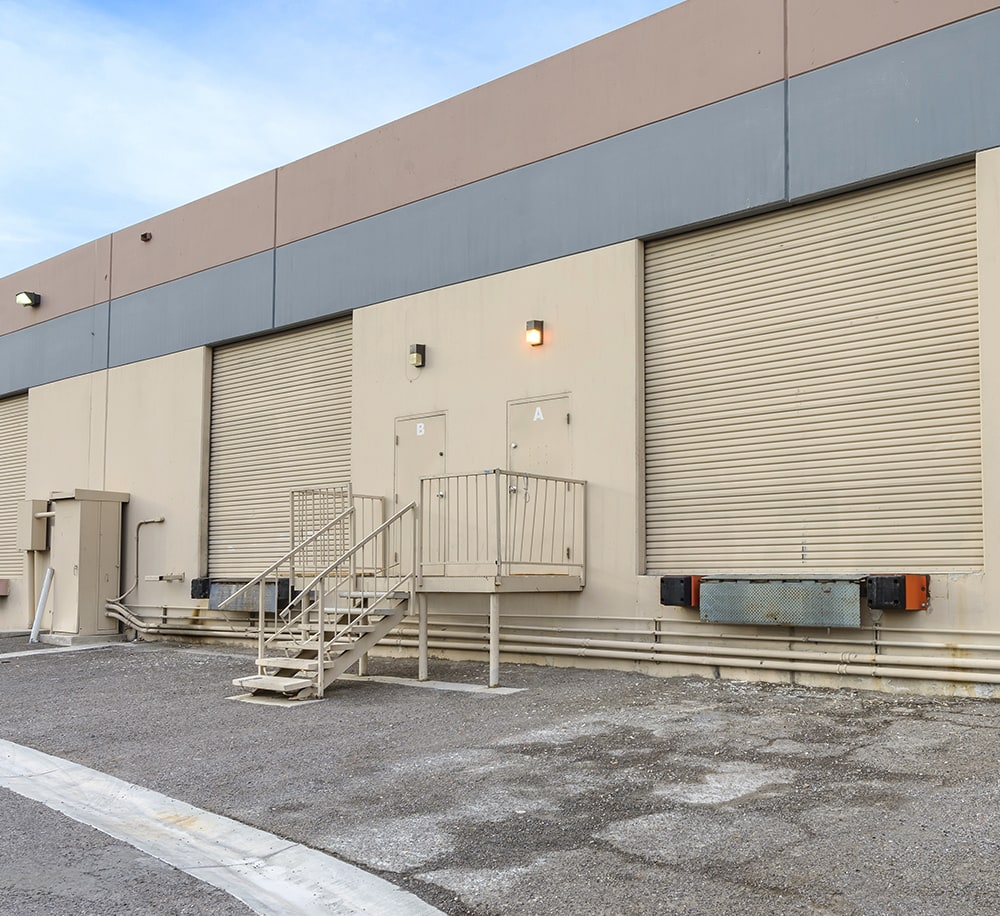Vital Overview to Budget Friendly Dock Repairs for Homeowners
Efficient Dock Fixing Techniques: Making Certain Architectural Stability
Making sure the structural integrity of docks via reliable repair service strategies is vital for the durability and safety of marine centers. This includes a multi-faceted method starting with comprehensive examinations utilizing sophisticated technologies like finder devices and remotely ran automobiles (ROVs) to find both noticeable and concealed problems. Consequently, selecting the appropriate repair service materials, such as composite products and corrosion-resistant alloys, is vital for longevity. Architectural reinforcement approaches, including the implementation of cross-bracing systems and load-distribution plates, play an essential function in mitigating stress factors. The significance of these strategies ends up being noticeable when checking out advanced fixing techniques and preventative maintenance approaches.
Examining Dock Damage
Evaluating dock damages is a crucial primary step in guaranteeing the structural integrity and safety and security of any type of docking center. This preliminary analysis involves a thorough evaluation to identify both surprise and noticeable damages. Trick aspects to check out include the dock's foundation, pilings, decking, and hardware. Each component should be inspected for indications of wear, rot, rust, or various other kinds of destruction that can compromise the architectural honesty.
Structural designers or certified examiners typically perform these assessments utilizing specialized strategies and tools. Undersea assessments may employ finder devices or remotely ran cars (ROVs) to spot immersed damage. Above water, aesthetic evaluations are complemented by making use of wetness meters and other analysis tools to reveal underlying problems not instantly noticeable to the naked eye.

Finding Repair Materials
Choosing the appropriate repair products is a critical step in the dock reconstruction process, one that directly affects the longevity and efficiency of the repaired framework. Product selection have to be driven by aspects such as environmental problems, load-bearing requirements, and compatibility with existing dock parts.
Along with timber, composite products are increasingly preferred because of their sturdiness and low upkeep requirements. Compounds, usually made from a mix of plastic and wood fibers, offer exceptional resistance to rot, insects, and UV damages. For metal docks, picking corrosion-resistant alloys such as galvanized steel or marine-grade light weight aluminum is necessary to stop rust and make sure structural stability in saline water problems.
Epoxy resins and marine-grade sealers are indispensable for repairing fractures and securing joints, providing a water resistant obstacle and enhancing the dock's overall stamina. By diligently selecting premium products, dock fixings can achieve lasting results, consequently guarding against future degradation and guaranteeing risk-free, trusted usage.
Structural Reinforcement Methods
Efficient architectural support techniques are crucial in making sure the security and long life of dock fixings. One fundamental method involves using steel or composite reinforcement bars (rebar) within concrete frameworks. Rebar supplies extra tensile toughness, protecting against splits and dispersing lots much more uniformly. This technique is especially efficient for anchors subjected to hefty tons or rough ecological problems.
One more vital method is the application of fiber-reinforced polymers (FRP) These materials offer high strength-to-weight proportions and excellent resistance to deterioration, making them perfect for enhancing concrete or wood anchors. FRP can be applied in strips or sheets and adhered with epoxy resins to enhance architectural integrity.
Supporting and securing systems also play a critical function in structural support. Cross-bracing, using steel or wooden light beams, can counteract side forces, lowering persuading and movement. Securing systems, such as helical piers or driven piles, supply a stable structure by moving tons over here to much deeper, much more secure soil layers.
Last but not least, the assimilation of load-distribution plates can assist distribute weight extra equally across the dock's surface, mitigating local stress points. These methods jointly guarantee that anchors remain safe and robust, with the ability of enduring the roughness of their functional environment.
Advanced Repair Service Approaches

Another sophisticated method includes underwater welding, which enables for repair work to be carried out without the requirement to dewater the area. This technique is especially beneficial for attending to structural problems in submerged dock parts, making certain marginal disturbance to procedures. Boosted welding methods, combined with robotic systems, deliver accuracy and integrity, therefore expanding the life expectancy of the dock.
Additionally, cathodic security systems are executed to avoid corrosion in metal dock frameworks. By utilizing sacrificial anodes or amazed current systems, these strategies successfully reduce the electrochemical processes that bring about product wear and tear.
Lastly, progressed tracking technologies, such as architectural health monitoring (SHM) systems, supply real-time data on the problem of dock frameworks. These systems original site enable proactive upkeep and timely interventions, eventually ensuring the lasting structural honesty of the dock.
Maintenance and Avoidance
Maintenance and avoidance are essential concepts that underpin the durability and security of dock frameworks. Routine inspections are extremely important, enabling very early detection of wear and tear, prospective weak points, and environmental influences. A positive strategy, involving regular checks for rust, rot, and structural changes, mitigates expensive repairs and extends the dock's operational life.
Precautionary measures must include using protective layers to steel parts to safeguard against corrosion and making use of treated wood to withstand degeneration. Additionally, making sure correct drainage and ventilation can stop water buildup, which is a common cause of structural destruction. Incorporating high quality products and sticking to supplier guidelines during building and fixing stages additionally play essential functions in improving durability.

Educating workers in dock maintenance best practices makes certain regular application of precautionary steps. Leveraging technological breakthroughs, such as drones for examinations and sensing units for real-time monitoring, can even more boost upkeep efforts. By focusing on maintenance and prevention, dock proprietors can make sure structural honesty, functional safety, and cost-efficient administration over the dock's lifespan.
Verdict
In final thought, maintaining the architectural integrity of aquatic facilities necessitates detailed dock repair work strategies. Complete evaluations making use of sophisticated tools discover both visible and hid problems, while the selection of ideal repair service materials improves longevity. Carrying out architectural reinforcement techniques addresses tension factors efficiently. Advanced repair work techniques, combined with normal maintenance practices, make sure the dock remains functional and safe under diverse ecological problems. Adopting these methods significantly prolongs the life expectancy and capability of marine infrastructure.
Making certain the structural stability of anchors via effective repair methods is paramount for the durability and safety of marine facilities.Picking the appropriate repair service materials is an essential action in the dock restoration procedure, one that directly affects the longevity and performance of the repaired framework.Effective structural reinforcement methods are critical in guaranteeing the security and long life of dock repair work. By focusing on upkeep and avoidance, dock owners can guarantee architectural integrity, functional safety, and economical monitoring over the dock's life-span.
In verdict, keeping the structural stability of marine facilities necessitates thorough dock repair techniques.